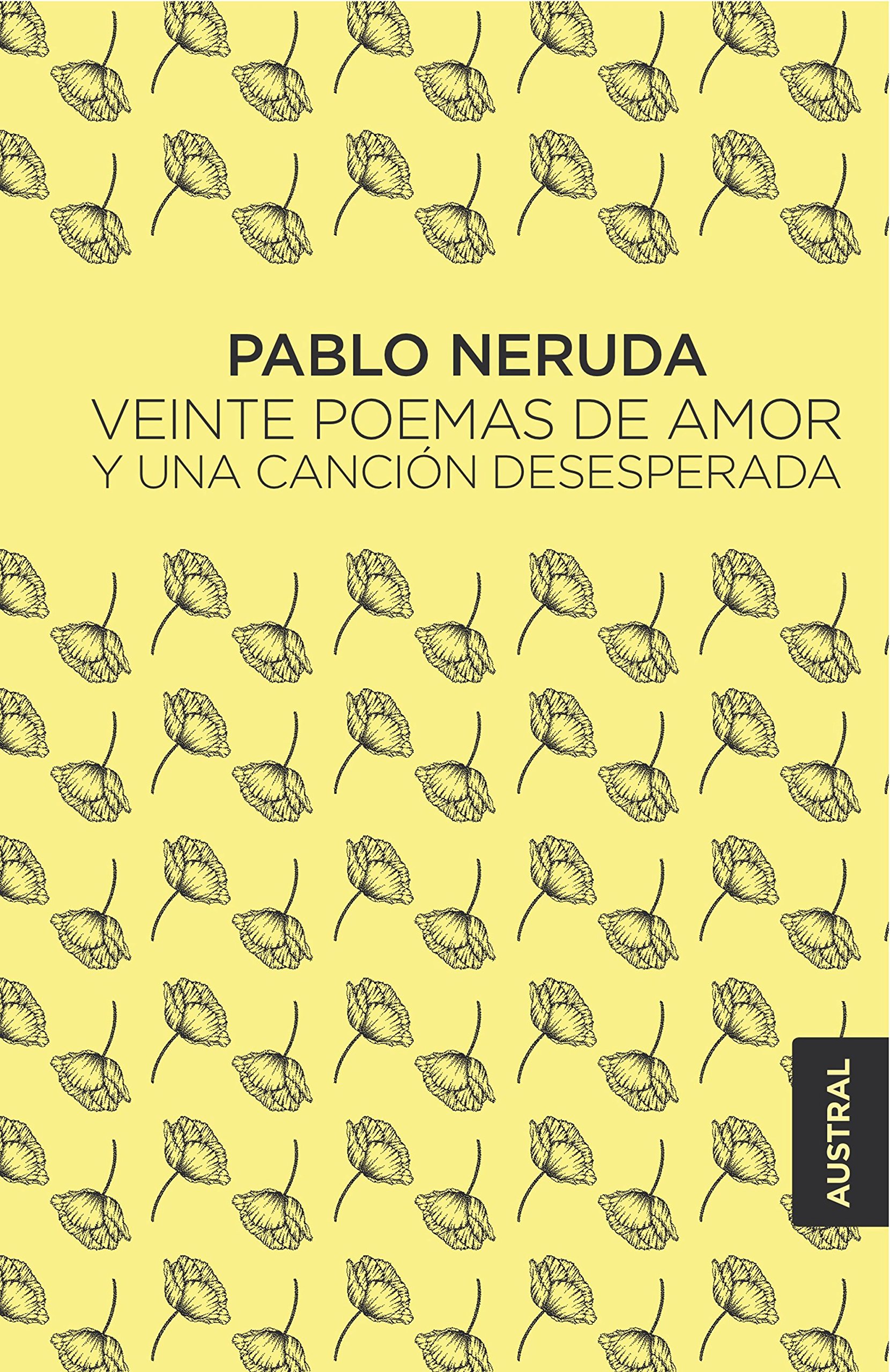
Review of the book “Twenty Love Poems and a Song of Despair” by Pablo Neruda.
“Twenty Love Poems and a Song of Despair” is a masterpiece of Latin American poetry written by the Chilean poet Pablo Neruda. First published in 1924, the work became an immediate classic of poetry and remains one of Neruda’s most popular and celebrated works.
The twenty love poems that make up this work explore the universal theme of love in all its facets, from desire and passion to heartbreak and sadness. The poems have simple and direct language, but at the same time they are intensely lyrical and emotional. The poetic images are vivid and powerful, making the poems a torrent of sensations, feelings and emotions.
The work is divided into two parts: the first consists of ten poems that explore the love relationship from the perspective of the lover, and the second part consists of another ten poems that address the theme of heartbreak and loss from the perspective of the abandoned lover. Each poem is unique and autonomous, but together they create a poetic fabric that reflects the complexity of love and life.
The poem that gives the work its title, “A Song of Despair,” is one of the most moving in the collection. It is a heartbreaking poem that talks about the loneliness and hopelessness that the lover feels after having lost his beloved. It is a poem in which pain and sadness are felt, but at the same time it is a celebration of the strength of love and the resilience of the human heart.
Neruda’s poetic style in “Twenty Love Poems and a Song of Despair” is very distinctive, and his language is very close to everyday speech. It is a simple language, but at the same time poetic and emotionally rich. The work is a jewel of Latin American poetry that has been admired by several generations of readers and poets, and continues to be a reference for love poetry.
Twenty Love Poems and a Song of Despair, by Pablo Neruda, is a masterpiece of 20th century Latin American poetry. Published in 1924, when the author was only 19 years old, this collection of verses reflects the emotions and experiences of a young man in love, who goes through different stages of joy, passion, pain and despair.
Historical and literary context
Pablo Neruda (1904-1973) was one of the most influential and recognized poets of the 20th century. Born in Parral, Chile, he adopted the pseudonym Neruda in honor of the Czech writer Jan Neruda. From a very young age he showed his talent and his poetic vocation, publishing his first poems in local magazines. In 1921 he moved to Santiago to study pedagogy in French, but he soon abandoned his studies to dedicate himself completely to literature.
In 1924 he published Twenty Love Poems and a Song of Despair, his third book of poems, which was immediately successful and established him as one of the most prominent poets of his generation. The work is part of the modernist movement, which sought to renew poetic language with new forms and expressive resources. However, Neruda also incorporates elements of avant-garde, such as the use of surprising and original images, and romanticism, such as the melancholic feeling and the idealization of the beloved woman.
Structure and main themes
The work is composed of 20 numbered poems and a final song that gives the book its title. The poems have no title or fixed rhyme, but they do have a musical rhythm marked by assonance and alliteration. Most of the poems have a variable length between 12 and 30 lines, except for poem 15 which has only four lines and poem 20 which has 74 lines.
The poems tell the story of a passionate and stormy love between the poetic self and a mysterious and unattainable woman. Love is the central theme of the work, but it is presented from different perspectives and nuances: carnal desire, total surrender, complete happiness, loneliness, abandonment, memory, nostalgia, suffering and despair.
The beloved woman is the other great theme of the work. She is described with metaphors and images that associate her with nature: the sea, the sky, the flowers, the trees, the animals. She is also an ambiguous and contradictory figure: sometimes she is close and affectionate, other times she is distant and indifferent; sometimes it is real and concrete, other times it is ideal and imaginary; Sometimes she is young and innocent, other times she is mature and experienced.
Space and time are two other important themes in the work. Space is related to the places where love happens: the city, the countryside, the beach, the house. Time refers to the moments in which love is experienced: day, night, dawn, dusk. Space and time also have a symbolic function: they represent the moods of the poetic self: joy or sadness, hope or despair.
In conclusion, “Twenty Love Poems and a Song of Despair” is a masterful work of Latin American poetry that continues to captivate readers around the world. The poems are intensely emotional and lyrical, and reflect the complexity of love in all its facets. If you are a poetry lover or simply looking for a work full of beauty and emotion, “Twenty Love Poems and a Song of Despair” is a work that you should not miss reading.
Source: https://algunoslibrosbuenos.com/veinte-poemas-de-amor-y-una-cancion-desesperada


